Madison Utley speaks to Nick Mullendore, the agent responsible for getting Amnesty Day out into the world. Nick is the founder and president of the Vertical Ink Agency, which he established in 2016, and he is also a co-owner and the managing partner of Loretta Barrett Books.

MU: To start, let’s talk about how you took Stuart’s project on and then helped him reshape it into something you thought would sell. How did you develop that hands-on approach?
NM: I started working at an agency in 1998, Loretta Barrett Books. Loretta Barrett, the founder, was very hands-on. She had been an editor and publisher herself for many, many years, so she did a lot of development. I learned from her to put in the work to make something as strong as it can possibly be before shipping it off to publishers–and the need to do that has only become more essential over the years as the industry has expanded and the competition has intensified.
MU: Stuart’s project came to you in 2022 and sold in 2025. What sustained your efforts to get it into the right hands throughout that time?
NM: I don’t take things on unless I believe in them, unless I feel a connection to them, I feel that I understand them, I think they have merit. Amnesty Day was certainly all of those things. It was a very strong concept from a very high-level writer with a platform and lots of ways to promote. It has so many elements I expect people to gravitate toward, and I really do think it’s a book that will start conversations about different ways to approach parenting and family dynamics.
I believed that eventually we’d find somebody that would get it and see what we saw in it–and we are grateful that we did. It was one of the bigger shocks in recent years for me that somebody didn’t jump on this much sooner. But it came down to having confidence in my taste and my vision, along with my author’s work and vision, and in what the book can and should do when it’s published.
MU: Earlier you alluded to changes in the publishing industry you’ve witnessed over your time as an agent. Can you expound on that?
NM: It’s very hard to get a [nonfiction] book published right now–and it’s just getting harder and harder. All of the resources are going to celebrities and big platform authors that have TikToks or podcasts or television shows. If you don’t have that, publishers aren’t giving you a chance very often anymore. That’s just the truth.
Developing a platform has pretty much become the most important thing – for nonfiction especially, but even for fiction writers, a platform of some sort is a big advantage over most other novelists. Authors hate to hear they have to do it. Everybody wants it to be about the purity of the writing and the art. And it is about that, but it is also about learning the business of publishing, and right now, that means being creative about how you can develop your own platform and profile. If you’re not sure where to start, look to develop community: join writers groups, become active in the literature scene wherever you are, get out there and meet people who are also writing and networking. Becoming savvy about how publishing works is a real leg up for any author who is serious about trying to do this for a living.
MU: Is there anything specific you’re hoping comes across your desk sometime soon, manuscript wise?
NM: No. I’m interested in a lot of different things because a lot of different things are interesting. But generally, I do much more nonfiction than fiction because it’s more quantifiable. With fiction, you’re just at the whim of personal taste so often. With nonfiction, you know where to go and how to present it. With a strong proposal and a few sample chapters, you can sell a project rather than needing to have a whole novel written.
Also my own taste has come more to the fore in my agency, Vertical Ink, which is a little more punk rock, a little edgier than what I typically worked on at Loretta Barrett Books. So now I’m guided both by what I already knew how to do well as I gained experience in the industry along with where my personal taste takes me.

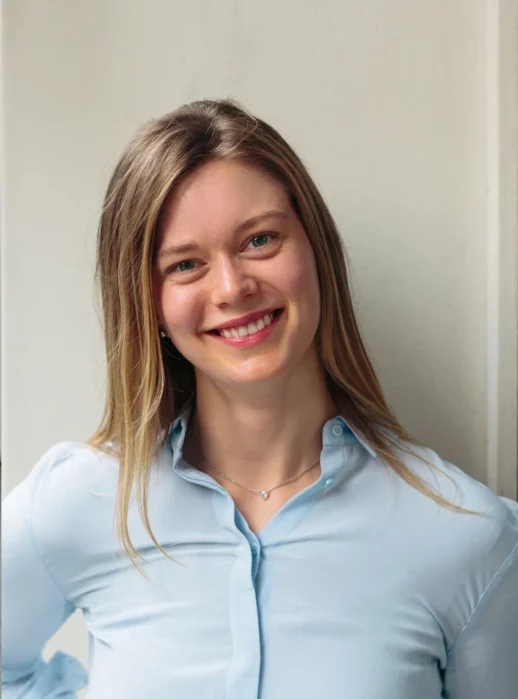
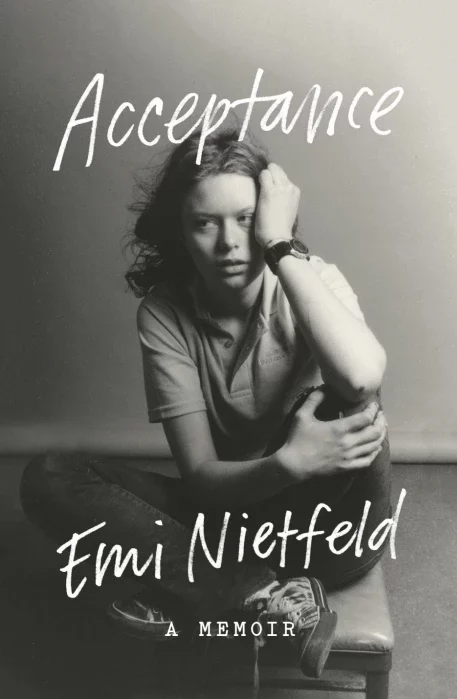
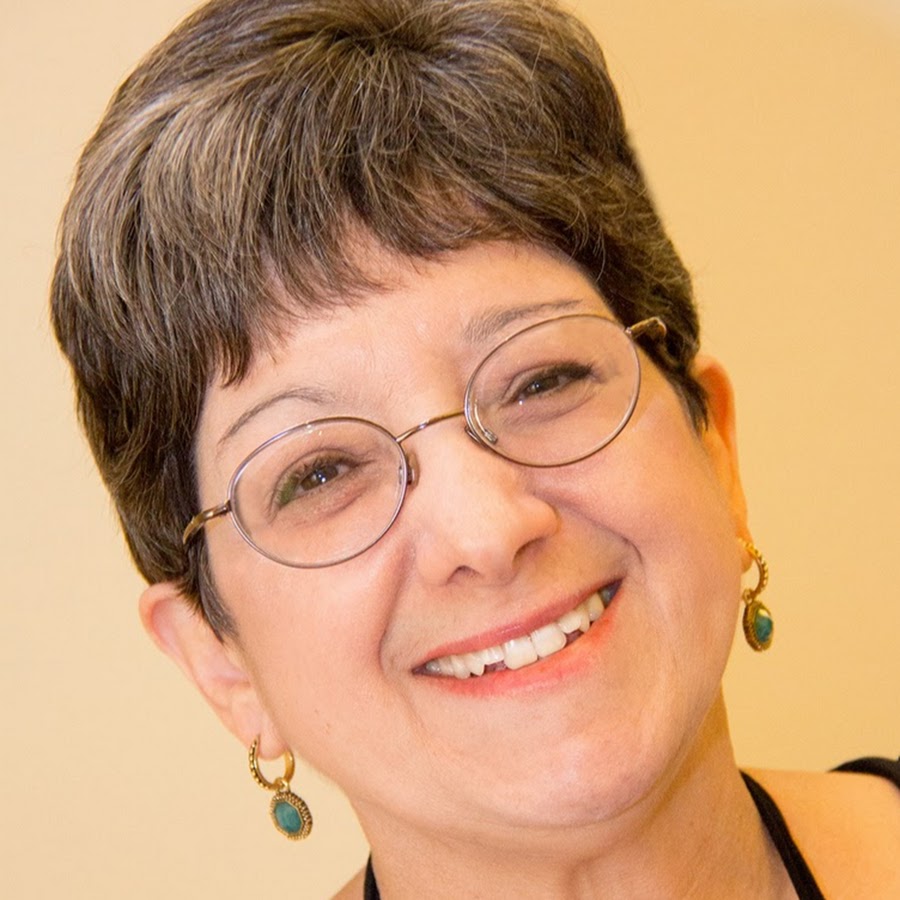
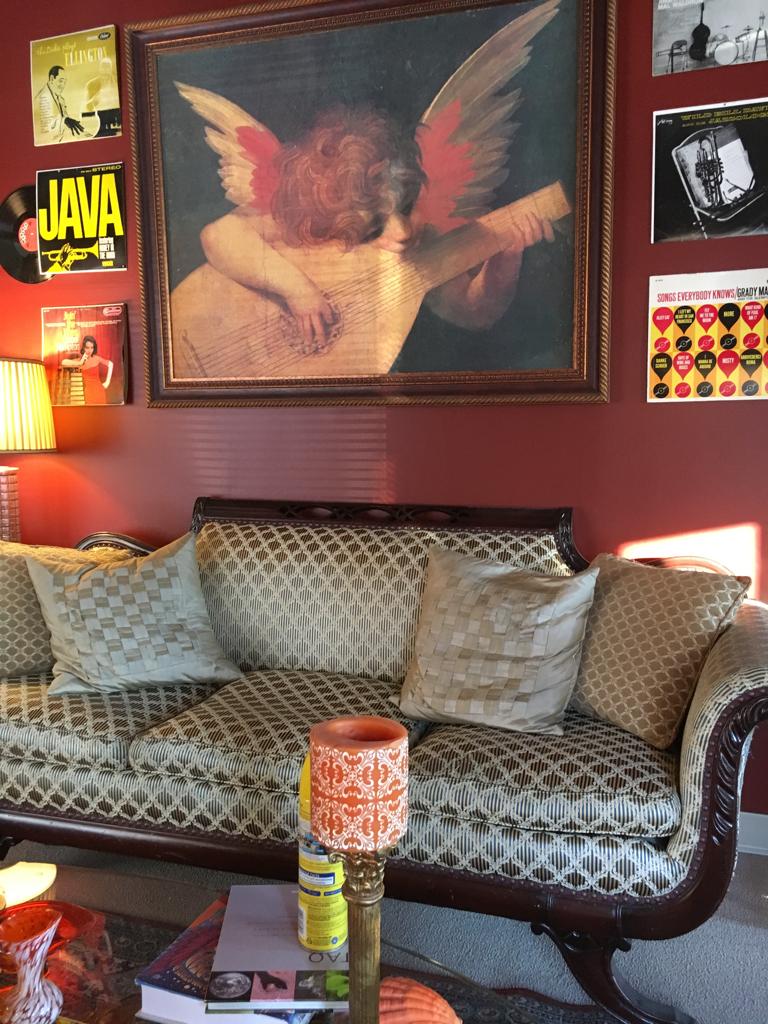
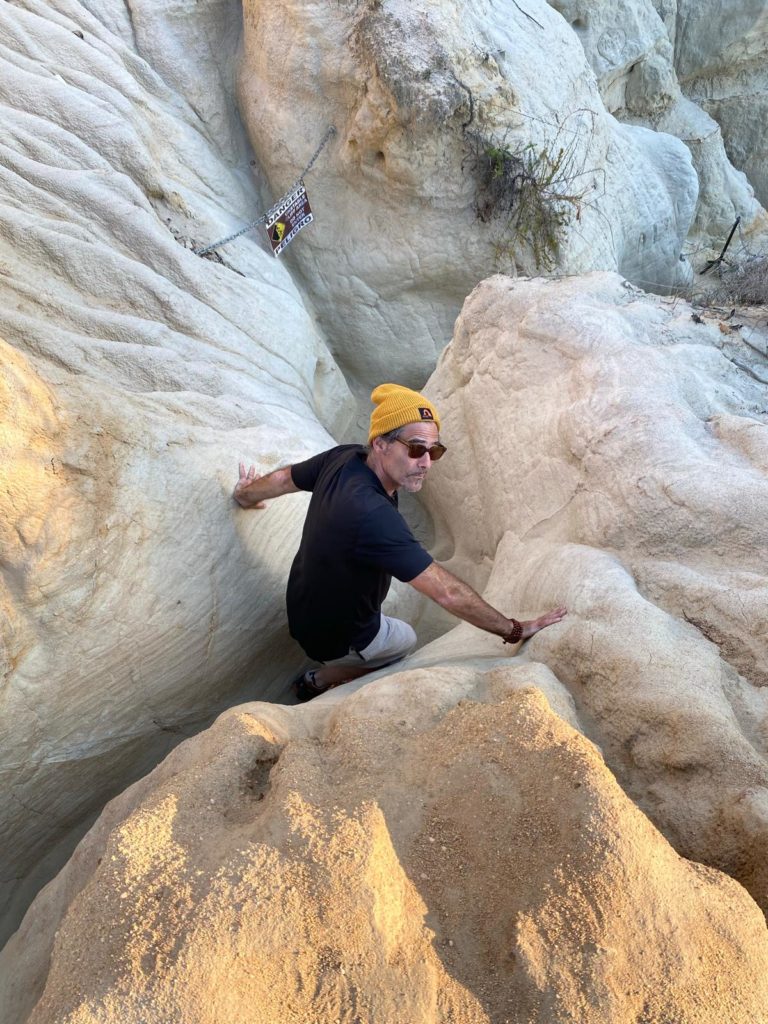 Committing to my business full-time and being in control of my own destiny has had a huge impact on how quickly I’m able to clear my mind before a good writing session starts. Now, there’s a lot of cross-flow between the work I do for Book Architecture and the work I do for myself. I can do my job for five hours and then I can take a break, exercise, meditate, go to the coffee shop, whatever, and then write at night. I’ve created the context and learned the tools I need to access that headspace.
Committing to my business full-time and being in control of my own destiny has had a huge impact on how quickly I’m able to clear my mind before a good writing session starts. Now, there’s a lot of cross-flow between the work I do for Book Architecture and the work I do for myself. I can do my job for five hours and then I can take a break, exercise, meditate, go to the coffee shop, whatever, and then write at night. I’ve created the context and learned the tools I need to access that headspace.